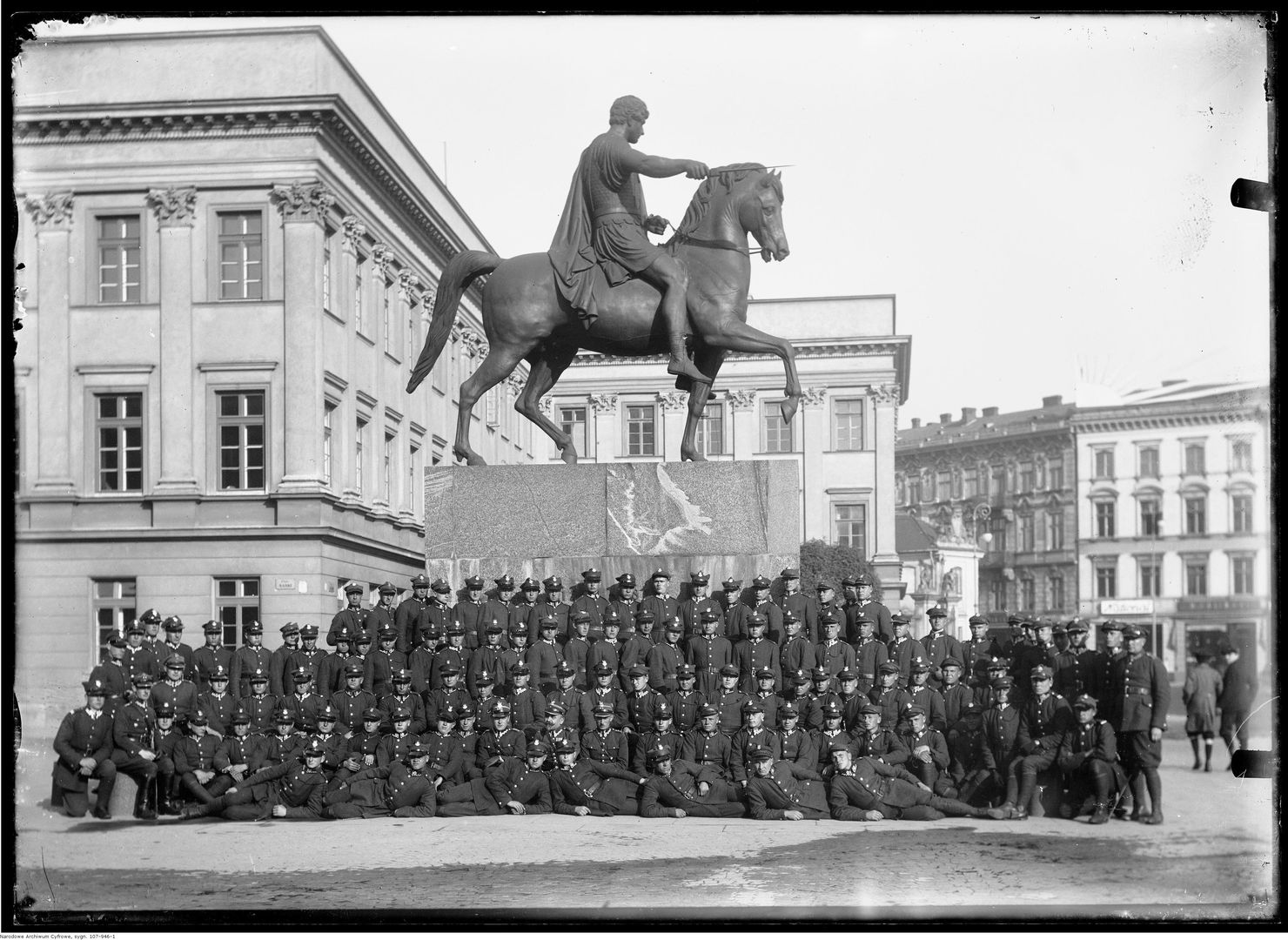Monument to Prince Józef Poniatowski in Warsaw
6.15

Overview
The equestrian statue of Prince Józef Poniatowski, created by Bertel Thorvaldsen, is located in Warsaw in front of the Presidential Palace. It depicts the prince in classical Roman attire, which sparked controversy and criticism. Fundraising for its construction began in 1814, supported by Anna Potocka, with Adam Jerzy Czartoryski heading the Building Committee. The monument was commissioned in 1818, but work on it only started in Rome in 1826. The model of the sculpture arrived in Warsaw in 1828, but its installation was delayed due to criticism and tsarist decisions that moved its location from Krasiński Square to the courtyard of the Governor's Palace. The monument was completed in 1832, but its unveiling was halted due to the outbreak of the November Uprising. In 1834, Tsar Nicholas I ordered the sculpture to be transported to the Modlin Fortress, where it was stored under unsuitable conditions. It eventually ended up in the hands of Russian General Paskevich, and the original site intended for Poniatowski was soon occupied by a new monument to Paskevich. After World War I, in 1922, the statue was recovered and unveiled in Książenice, and in 1923 it was placed in Warsaw in front of the Saxon Palace. The monument survived significant conflicts during the German occupation, but on December 16, 1944, it was destroyed. Between 1948 and 1951, a new casting was made, which was placed in Łazienki Park in 1952 and moved in front of the Presidential Palace in 1965, where it stands today. An interesting aspect is the struggle to preserve the original monument, remnants of which can now be seen in Freedom Park. The statue is not only an important element of Warsaw's architecture but also a testament to Poland's turbulent history, as well as the cultural aspirations and controversies associated with art during the periods of partition and occupation.
Location
Tickets
Powered by GetYourGuide
2025 Wizytor | All Rights Reserved